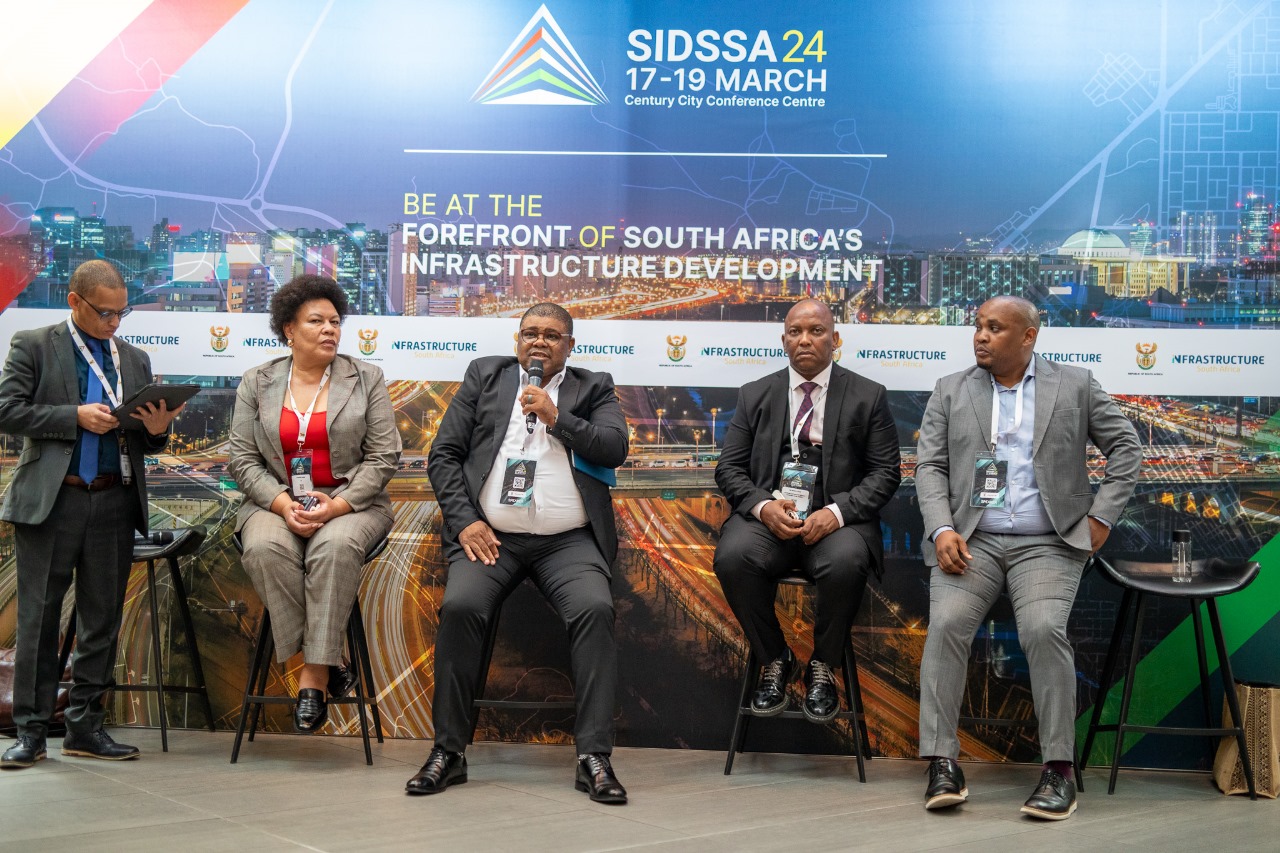
The Tshwane Automotive Special Economic Zone (TASEZ) has a mixed-energy response – including gas to power and solar photovoltaic (PV) cells with battery storage – to ensure operations based in the manufacturing hub are not brought to a halt by power outages and to comply with government imperatives for onboarding green energy solutions.
A key challenge to business operations within South Africa is ensuring energy supply remains constant, despite regular nationwide loadshedding.
“This has led us to find innovative solutions,” TASEZ CEO Dr Bheka Zulu explained during a fireside chat at the Sustainable Infrastructure Development Symposium of South Africa (SIDSSA) in Cape Town on Tuesday 19 March 2024.
“We are currently underway with a gas to power plant project, which will make 20MVA available, along with a solar PV and battery storage solution that will add another 10MVA.”
However, as Africa’s first automotive city – based in Silverton – continues to grow, it needs to find more energy, Dr Zulu added.
SIDSSA, an annual event, brought together stakeholders from South Africa and across the continent to discuss ways to drive infrastructure development, which has been identified as the key driver in growing the economy.
SIDSSA provided a platform for discussions and partnerships in the infrastructure investment landscape, with a focus on accelerating economic activity through strategic infrastructure plans.
SEZs are ideally placed to accelerate industrialisation in the country; according to the Chief Operations Officer of the Industrial Zones Programme at the Industrial Development Corporation, Stieneke Jensma. “We started a programme focusing on energy security, specifically regarding SEZs. The idea is to collaborate and to ensure that what we are delivering solutions that promote industrialisation.”
Strategic partnerships are key in implementing green energy projects, according to TASEZ’s CEO.
TASEZ’s approach to energy takes cognisance of the United Nations’ Sustainable Development Goals – particularly Goal 7, which is linked to the provision of clean energy; Goal 9, which aims to build resilient infrastructure using innovative technology; and Goal 13, which is about taking action to combat the impact of climate change.
